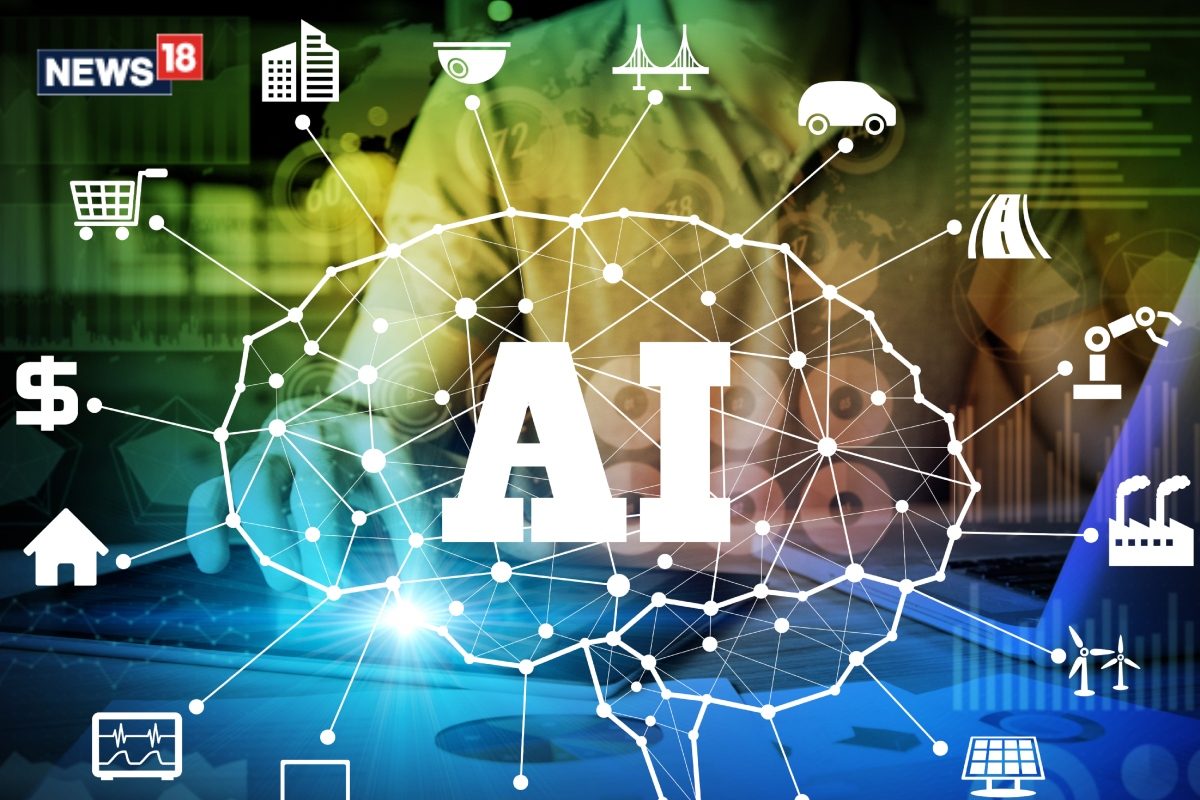
Hashim Hayat, CEO & Founder of Walturn . David Rose and Anne Meyer, developers of Universal Design for Learning , assert that there is no such thing as an "average learner." No two students have the same abilities, challenges or preferences, so an education system designed for the average learner is inherently limited.
Diversity of traits makes us stronger, not weaker. The myth of "average" or "normal" students is even more pronounced in social-emotional learning (SEL). Promoting competencies like understanding emotions, achieving positive goals and building relationships is key to a fulfilling life .
However, social and emotional skills are shaped by factors like neurological wiring and social experiences. Every learner brings a unique set of skills and perspectives to their interactions, meaning their learning needs are also unique. Designing SEL experiences with inclusivity in mind is the only way to truly benefit all learners and equip future generations to thrive in our rapidly changing world.
Three Modalities To Consider SEL is not an isolated process. To provide inclusive learning, we must consider the broader contexts learners are part of. While digital technologies offer personalized experiences, without proper methods and human interaction, they cannot fully address learners’ diverse needs.
Let’s see how three modalities can contribute to inclusive SEL programs when intentionally designed to create a strong, yet flexible learning ecosystem. 1. Effective Content Delivery Methods Sound pedagogical methods should drive SEL design.
Positive reinforcement and strength-based approaches build healthy self-esteem, helping both neurodiverse and neurotypical students become confident learners. Teachers and designers should focus on strengths, not weaknesses, viewing neurodiversity as differences rather than disabilities. Storytelling can increase student self-esteem by challenging negative stereotypes about neurodivergent individuals.
When using stories in an educational context, it is crucial that characters are not defined solely by their neurodiverse diagnosis, and represent their experience more fully, including strengths and any traits they share with their neurotypical peers. This makes the narrative inclusive and helps build students' self-esteem. Journaling promotes student well-being and fosters a greater understanding of educational concepts and their application.
For students with emotional and behavior disorders (EBD), journaling can effectively help monitor and improve social interactions and behavior. Classroom-based journaling improves students’ self-growth, self-efficacy and intrapersonal characteristics . Digital and paper-based activities both have their advantages and the power to create more inclusion and better performance in the classroom.
2. Inclusive Social Learning Ecosystems For effective social-emotional learning, students need a supportive ecosystem to apply their new skills in real life. For example, if neurodivergent students are taught by specific standards but evaluated by neurotypical norms in class, there’s limited potential to build skills.
For neurodivergent students to succeed, interventions cannot be limited to the boundaries implied by a digital platform, or any single context. A key element of an inclusive learning ecosystem is a safe space where neurodivergent students can practice social-emotional skills without fear of negative outcomes. This also benefits neurotypical students by helping them develop communication skills with diverse peers.
Successful SEL teachers often provide peer support and group learning, which enhance the well-being, social identity and belonging of neurodivergent students when they lead group activities. However, creating functional, inclusive learning ecosystems is not trivial. Educators with extensive training and credentials in SEL still express a need for more SEL support and resources , while few teachers or parents feel prepared to support their neurodiverse students.
Therefore, learning programs and platforms should be designed to contain supporting resources for everyone involved in the learning ecosystem, including students, parents and educators. 3. Digital Educational Technologies Technology is a powerful tool, but its efficacy depends on thoughtful design and how well it meets the needs of its intended ecosystem.
With thoughtful design, technology can expand educational possibilities and help educators address diverse student needs at scale. Below are some key guidelines for creating and identifying safe, effective digital learning experiences. Inclusive learning experiences require intentional UX/UI and learning experience design decisions based on research about how neurotypical and neurodiverse learners process information.
To achieve educational equity, it is crucial to design with the mind in mind . For example, students with ASD benefit from minimizing auditory and visual distractions , with sensory-sensitive elements to avoid overload . Designing edtech products with a deep understanding of diverse pedagogical needs ensures all learners benefit.
To truly serve all students, we need flexible digital learning solutions that offer personalization options. While creating such solutions requires more planning and resources, growing awareness of neurodiverse and differently-abled learners, along with advancements in AI, makes inclusive design more scalable. Assistive technologies like text-to-speech and speech-to-text features empower neurodiverse learners by removing common barriers.
Digital learning experiences should follow ADA guidelines , including text-to-speech and image description functionalities. Data privacy and learner safety should be every designer and stakeholder’s priority. AI-based solutions hold promise, but they must be trained in age-appropriate, strength-based language.
Tools used by young learners should be censored to ensure safe communication, and adhering to all locally applicable standards is also a must. Designers and buyers working with diverse learners should prioritize educating themselves on best practices and the risks of handling student data and presenting unsafe content, even unintentionally. AI offers scalable personalization but remains in its early stages, making it important to prioritize sound methodology in tech development.
AI can customize content based on student needs, enhancing retention and learning. Its adaptability helps children understand emotional and social expression through simulated interactions. However, designers must ensure their methods deliver results, and those evaluating AI-based learning tools should understand the implications of the algorithms at play.
Conclusion To ensure all students benefit from SEL, we must design inclusive experiences that embrace neurological, cognitive and physical diversity. Key components of an inclusive SEL framework include effective content delivery, supportive social environments and responsible technology integration. Designers, educators and buyers should educate themselves on methodologies, best practices and risks to create safe, inclusive and effective learning experiences.
This approach helps every learner build the emotional intelligence and resilience needed to navigate today's complexities. Forbes Technology Council is an invitation-only community for world-class CIOs, CTOs and technology executives. Do I qualify?.














